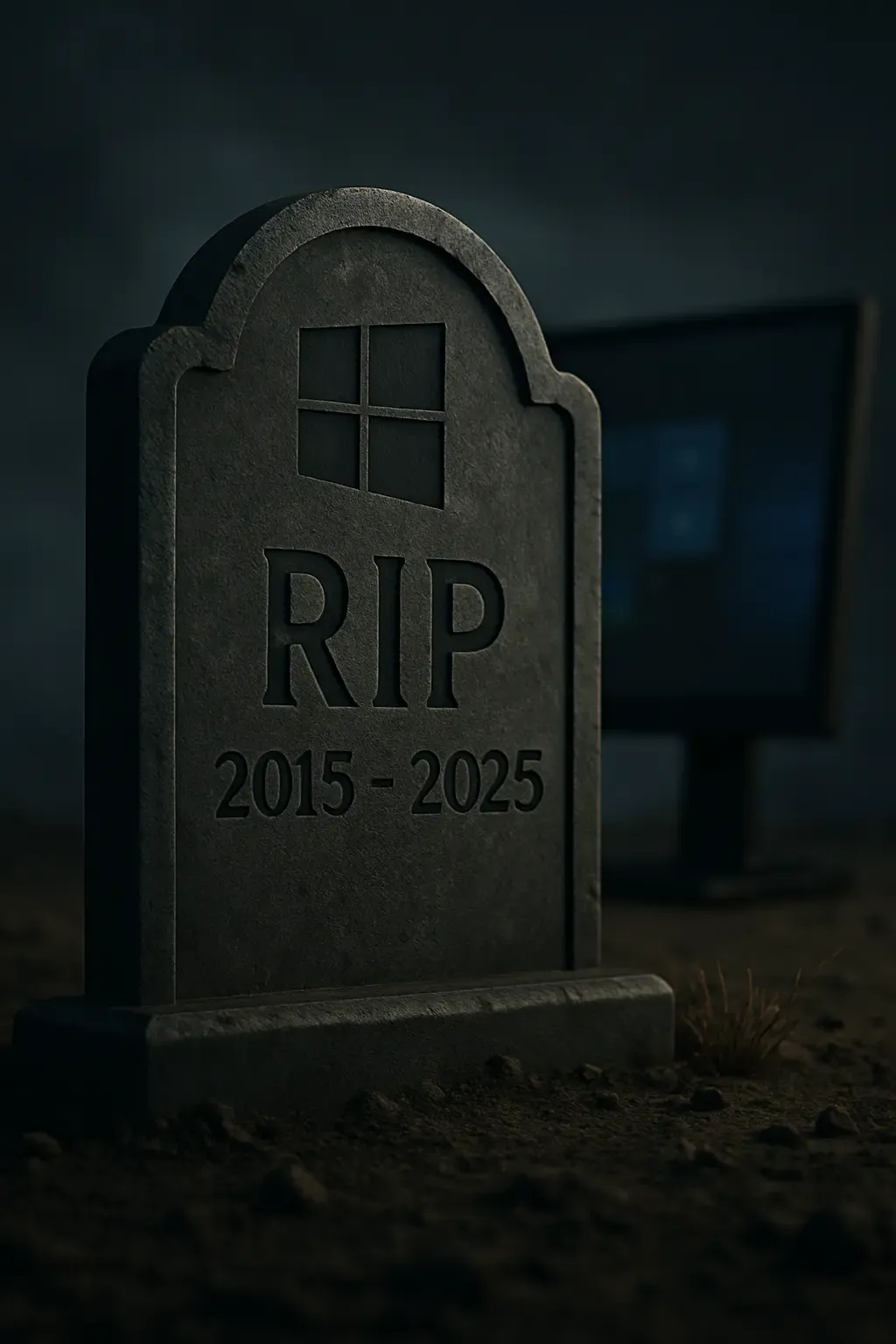End of Life for Windows 10: What Users Need to Know
Windows 10 Is Dying: Here’s What That Actually Means 🔗

Windows 10 will officially reach its end-of-life on October 14, 2025, meaning no more free security updates, bug fixes, or support for any version. Users still on older versions face immediate risks, especially if not on the final version, 22H2. Microsoft offers an Extended Security Update (ESU) program for a fee, which allows continued critical updates for a limited time but is costly. After the deadline, users may face significant vulnerabilities, especially in regulated industries. Transitioning to Windows 11 is one option, but it comes with strict hardware requirements. Alternatively, switching to Linux, like Mint or Ubuntu, is suggested as a more stable and secure solution without the same hardware constraints.
What happens to Windows 10 after October 14, 2025?
After this date, Windows 10 will no longer receive free security updates, bug fixes, or support, leaving users vulnerable to security risks.
What are the options for users who cannot upgrade to Windows 11?
Users can opt for the Extended Security Update (ESU) program for a fee or consider switching to a Linux distribution like Mint or Ubuntu for better stability and security without strict hardware requirements.
Why should businesses be concerned about continuing to use Windows 10 after its end-of-life?
Using an unsupported operating system can lead to data breaches, software incompatibility, and compliance issues, especially in regulated industries like healthcare and finance.